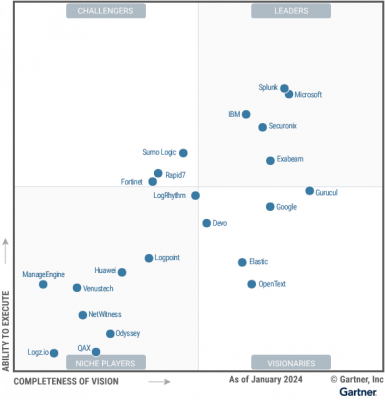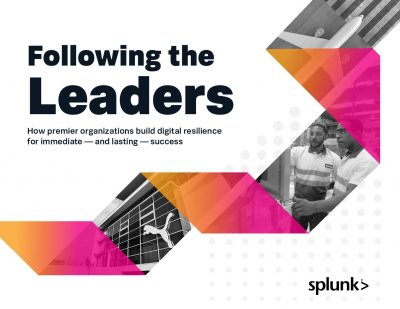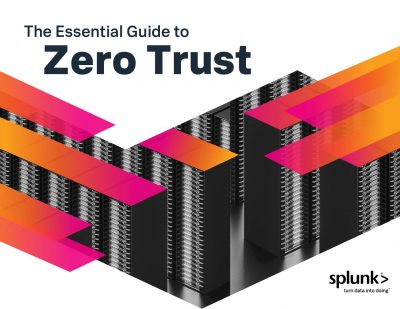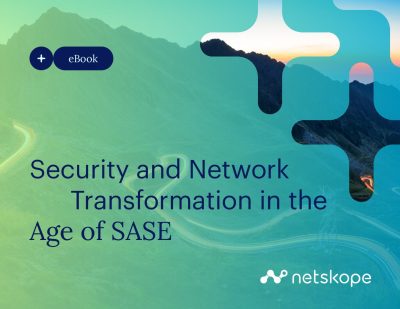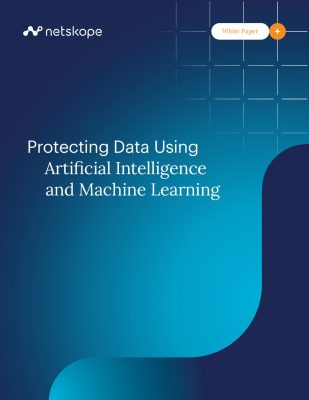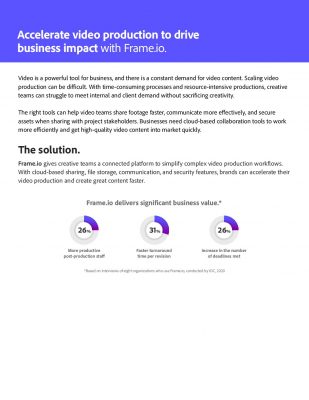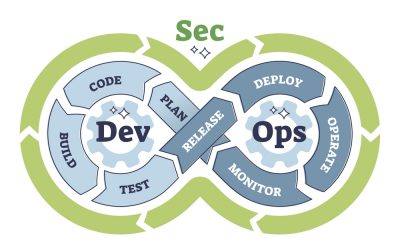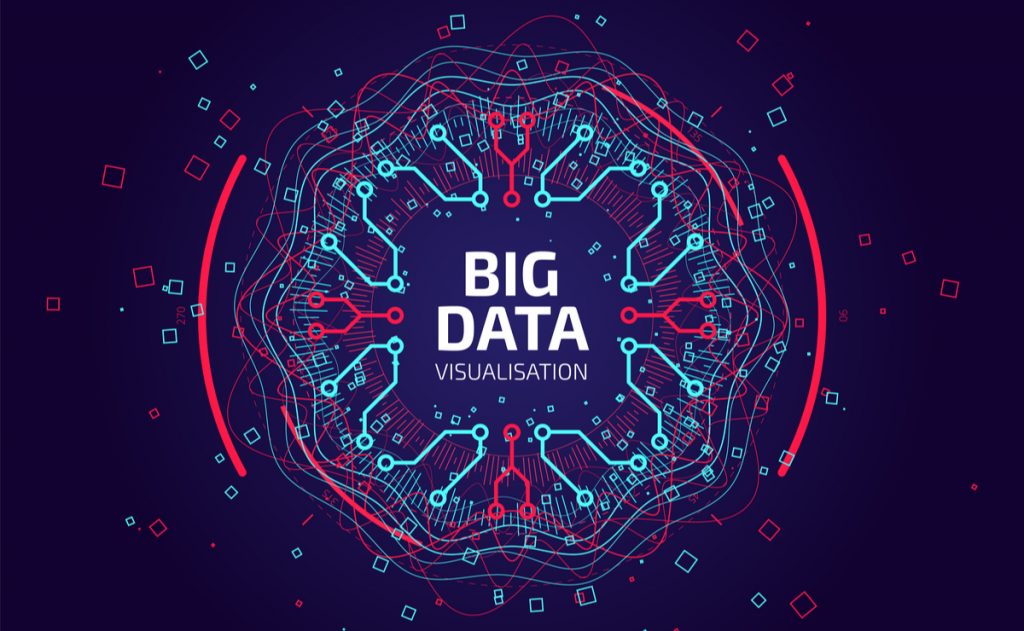Data integration is a set of processes used to recover and combine data from various sources for them to provide meaningful and valuable information. Traditionally, data integration techniques were based on the Extract, Transform and Load (ETL) process to ingest and clean data, which is then loaded into a data warehouse.
But today, businesses are generating and collecting large volumes of data, both structured and unstructured, from various heterogeneous sources that generate data in real-time with different qualities – this is called big data. Big data analytics plays a crucial role in IoT and Industry 4.0. Its integration is complex, especially because traditional data integration processes have failed to tackle it.
This database has the following unique characteristics and differs from traditional data integration in the following ways:
- Volume: It is one of the original traits of big data. Today, there is a surge in connected devices and people. This has significantly influenced the number of data sources and database quantity globally.
- Velocity: With a rise in the number of data sources, the rate at which data is generated, too, has seen a rise. Businesses today collect data from various heterogeneous sources, thus increasing the rate of data generation.
- Variety: Gathering the data from various sources increases the variety of data storage formats. Big data generates a high volume of structured and unstructured data.
- Veracity: The data generated today is of different qualities. We have uncertain or imprecise data, especially from those collected via social media.
In this blog, we will dive deep into getting an overview of data integration techniques:
Elements of big data platforms manage data differently and in new ways compared to traditional databases. The need today is for scalability and reliability to handle structured and unstructured data with ease. Each component of the big data ecosystem – from Hadoop to NoSQL database – has its unique process to ETL data. Following are three techniques that can help deliver data in a secured, monitored, and controlled manner across the enterprise:
Schema Mapping
In the initial stages of big data analytics, one will not likely have the same level of control over data definitions as you do with operational data. Hence, once you have identified the most relevant patterns for your enterprise, you must map the data elements to a generic definition. The most generic definition is then used in the operational data, reports, and business process.
Schema Mapping involves two steps: First, you need to design a mediated schema and then spot the mappings between the mediated and local schema of data sources to understand which attributes contain similar information. There are three types of mapping:
- Global as a view (GAV): Determines how to search the data in mediated schema via the original source.
- Local as a view (LAV): Identifies how to search the data in the original source via the mediated schema.
- Global-Local As-a-View (GLAV) or Both As View (BAV): Allows a two-way query system between the mediated schema and the original source or vice versa.
LAV helps add additional sources with ease. On the other hand, GAV delivers more intuitive, quicker querying. Schema alignment resolves the challenges of processing variety and velocity dimensions by organizing all data sets into one schema, which can be worked on by single processing function queries.
Record linkage.
Record linkage recognizes records with common logical entities across multiple data sources, especially when a common identifier is not shared with different data sources. In the case of traditional data integration, it just links structured data.
Big data integration collects data from various heterogeneous sources, which generates unstructured data. These data sources are constantly evolving and dynamic, making record linkage complex. The following are a few record linkage techniques that are most commonly used:
- Pairwise matching: This methodology helps compare a pair of records to identify if they belong to the same logical identity.
- Clustering: This technique is used to reach a globally consistent decision of the appropriate records partitioning to ensure that each partition belongs to a distinct entity.
- Blocking: This technique allows you to partition the data into multiple blocks and pair matching records in the same block.
Data fusion
You ought to be confident that you get meaningful outputs when integrating unstructured and big data with structured operational data. Data fusion is an amalgamation of techniques that aim to resolve conflicts from a collection of sources and search for the truth that reflects the real world. The veracity of the data has influenced a new field to emerge. Today, the internet has made it simple for the global population to publish and share fake information across multiple sources. As a result, it becomes challenging for the teams to distinguish between good and bad data to deliver high data quality. The following three techniques are used in data fusion:
- Copy detection: Identifies the same attributes and reduces them.
- Voting: Determines the most common attribute value.
- Source quality: Copy detection and voting gives more weightage to knowledgeable sources.
Data redundancy is an integral part of the data fusion technique. The accuracy of the dataset is verified by using elements of one source that are repeated across others. Because when you can verify the repeated elements in a particular set, your faith in the unverifiable data grows. Data fusion technique will inform the redundant data and increase its veracity before it clears out redundant data for velocity and volume purposes.
Data integration tools:
Traditional data integration tools are evolving continuously, and one needs to re-evaluate them for their capabilities to process the ever-increasing complexity of unstructured data and big data volume. However, it is essential to have common integration technology platforms to reinforce data quality and profiling.
The integration of big data from various applications consists of data migration from one environment (source) and it then sends it to another environment (target). ETL technologies have evolved tremendously in traditional data warehouses and continue to evolve to work within big data environments.
Tools that support batch integration processes with real-time integration across various platforms can be beneficial when dealing with big data. You can use an integration Platform-as-a-Service (iPaaS) to organize data in the cloud. It is a very easy-to-use service and might have data integrated from cloud-based servers like Software-as-a-Service (SaaS).
Most organizations use MDM systems to gather, segment, collate and deliver reliable quality data throughout the organization. Furthermore, there are advanced data integration tools such as Scribe and Sqoop that are being used to support the integration of big data. Additionally, there is a surge in the emphasis on ETL technologies in big data research.
What are the challenges in big data integration?
The integration of big data into Industry 4.0 might have multiple challenges. We have compiled a few common challenges for you to keep an eye on and design your strategy accordingly to overcome the challenges.
Lack of qualified staff:
There has been a spike in the number of data scientists and big data analysts over the years. But there has been a lack of qualified talent to fill these positions in the big data research industry. Typical big data analysts have gained experience with tool implementation understand how to organize data to make the most out of it.
Data collection:
It is challenging to access and process the data from an extensive range of sources. Finding the skillsets needed to navigate the extraction process is essential for the goal of analyzing and processing Big Data.
Data management tools:
The incompatibility between data management tools can create a process. Hierarchical object representation and key-value storage are examples. The range of SQL tools has created confusion regarding the compatibility of various approaches. Choosing the right tools for a functional data integration system is challenging. Hence, it is essential for small and medium-sized businesses to think about it before selecting any tools.
Choosing a strategy:
Often, big data integration starts with a simple need to share information. This is then followed by an interest in breaking down the “data silos” for purposes of analysis. Many businesses often migrate between one project to another without any strategic organizational plan. Hence, businesses need to have an efficient and strategic data integration plan that considers all the security and compliance needs.
A long-run plan:
Ignoring big data integration is a time-consuming process. Many leaders take technology for granted, believing that all solutions are equal without testing or evaluating them. There are multiple data integration technologies and tools available in the market in terms of functions and the problems they address. Parameters such as performance, data governance, and security must be taken into account. While evaluating the big data integration solutions, many organizations fail to evaluate these because they fail to understand that these concepts are related to data integration. Businesses need to consider all these parameters, from logical architecture to physical deployment and they must have a strategic plan to integrate big data to avoid challenges in the future.
Wrapping it up:
Big Data integration is the need of the hour as it ensures better decision-making based on valuable insights from your database. Big data can gather, store, evaluate and process your database to get valuable and actionable insights to enrich your business operation. Organizations need to have the best big data integration strategy to make the most out of their business.





